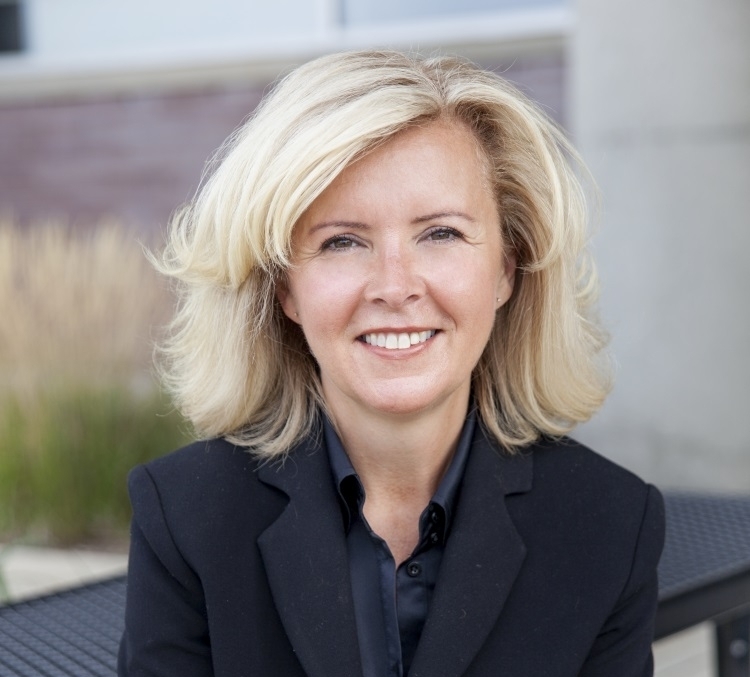Person-centered care is not a new concept, but the benefits - for the individual, the family, the care team, and your business - are significant enough to warrant our ongoing attention, because person-centered care approaches are at the heart of the solution to many of the challenges home care businesses face today.
You know this. You have the foundational aspects of a person-centered care strategy in place. But you also know there is more work to do.
If you are looking for ways to continuously improve the way you personalize the service you provide, keep reading.
The business of caregiving is evolving. Increasingly, clients and their families are coming to expect the same level of high-quality, personalized service they get from other industries - industries that understand the value of paying attention to the way their services make clients and employees feel. And just as importantly, fee-for-service is giving way to value-based purchasing, which means the quality of care outcomes - how the care is delivered - really matters.
And making adjustments is easier than you think. The right technology can provide a simple way to level up your approach to person-centered care. It can increase your ability to scale quickly while profoundly improving the quality of the care experience you can provide.
But first, let's assess where you're at with person-centered care.
Does this sound like your business?
- It's part of your company vision, mission, and leadership commitment.
- It's integrated into your policies, goals, and business plans and communicated to staff.
- A primary contact on the care team is responsible for care and coordination.
- There is coordination among all health care and supportive services.
- You provide education and training on person-centered care for providers and other individuals.
- There is ongoing feedback to assess outcomes and well-being for continuous quality improvement.
Preparing to level up
If you've laid the groundwork, great news! It's time to level up, but leveling up means challenging some of the ways you think about your team, your business, and your potential:
1) What if you expanded your definition of "the care team"?
You are missing out on valuable contributions, support, and input from people who know and care - people who aren't on your payroll - if you don't find ways to include them in the experience:
What about the daughter who has been caring for mom for the last three months, the stylist who has been cutting her hair in her home and knows just what she likes, the grandson who knows just what to say to make her laugh? These personal connections are still looking for small ways to make a meaningful difference – all you need to do is ask.
What about the care team at the memory care unit where your client lives, the volunteer who reads to her in the afternoon, and the activity coordinator all know what delights her and frustrates her? They’re also grateful for any insights you and your team may have to share. Creative collaboration benefits everyone on the team.
What about the physiotherapist and OT who are supporting your client through recovery? They have tips to share about stretching and exercises that will empower your team and enhance the quality of the care they provide.
2) Double down on trust with your caregivers
This is a big one, but it could arguably be the most difficult and the most valuable.
The urge to limit interactions between families and caregivers is based on fears about what might happen if the office loses control. The fact is, though, that most of your career caregivers are trustworthy, and families WANT to build a trusting relationship with them. They want to hear from the person who has eyes directly on their loved one. If you aren’t letting them speak to and develop a relationship with each other, you could be sending the message that you have a reason to limit that honest communication from happening. And the truth is, that even though you may have “forbidden” it, families are finding ways to connect directly with caregivers through text messaging, phone calls, or email.
Providing a secure, approved communication channel, enables a trusting relationship to be built between you and your caregivers, and between you and your clients. It also provide visibility to families and a way for them to meaningfully acknowledge the great work done by your team.
3) Think and act like a 5-star hotel
Consumer expectations are influenced by every exceptional service moment they experience. They are comparing the service you provide to the way they were treated by the coffee shop on their street and the hotel they stayed at last spring. It’s no longer enough to just be responsive to client and family needs – you need to actively anticipate those needs and go above and beyond to let them know you have those needs covered...before they even realize they have them.
If you are not already looking at your client’s experience as a journey from the first moment they become aware you exist through to the point they refer their friends and family members to you, then I recommend you take some time to document a typical client’s end-to-end journey. Note each touchpoint your client will have with your business and how this touchpoint makes them feel. And as you walk through the client and family journey, ask yourself, where are more opportunities to bring them peace of mind? What are the things you can do to delight them? Now, imagine what could be improved if you conducted this same exercise again, but instead you focused on your caregiver experience?
If you see yourself being open to embracing some or all of these innovative ways of thinking about home care, there are some simple ways you can use technology that will yield immediate results.Leverage technology to enable gold-standard person-centered care
Now let's explore how technology can help make this happen.
Capture each client's unique story
Provide family and trusted friends with a place to share photos, videos, music links with your caregivers - these are the little things that matter most and will inform and empower them to personalize the client care experience.
Encourage continuous sharing
Allow for ongoing engagement and collaboration. Enable families to add photos and video updates, along with their suggestions for ways that your team can positively engage and build trust with your client.
Provide peace of mind with regular wellness updates
Have your caregivers post meaningful wellness updates, not just details about tasks completed. A photo and a brief video with a short message shared in real-time is a simple but incredibly meaningful way to let families know "today was a good day."
Give families a way to say 'thank you'
Regular acknowledgment from the people who matter most is the single most powerful way to keep caregivers happy. The right technology provides families with a way to express gratitude in the moment, while giving the office a reason to celebrate noteworthy examples of exceptional performance.
Connect the people who care
Open the lines of communication between the family, the care team, and other professional care providers to offer a frictionless experience. Share resources, tips, insights, and tactics that increase care continuity and lead to successful outcomes.
Celebrate examples of exceptional care
Give your caregivers a shout out with in-the-moment feedback that acknowledges and celebrates specific examples of their exceptional work.
Enable creative collaboration
Provide opportunities for the care team to connect and collaborate on a client's care from behind the scenes. Use this space to enable peer mentorship and coaching opportunities that will increase care quality and deepen relationships across the team.
Collect staff and family feedback
Take a quick pulse to see how your organization is performing and if your team feels they have everything they need to deliver exceptional person-centered care.
Gather data and make improvements
Measure your increased capacity to impress and delight individuals, families, and staff – and learn just how much value is unlocked by providing an increased positive engagement.
When you couple this commitment to innovation with a beautifully designed, easy-to-use technology solution purpose-built to delight and deepen trust with your team, clients, and community partners, your ability to scale quickly is right around the corner.
Are you ready to take your approach to person-centered care to the next level? We are ready to help.
Explore how SparxConnect enables home care organizations to deliver exceptional, person-centered care experiences.
About the author: Mary Pat Hinton
 Mary Pat is the CEO and co-founder of Emmetros, the creators of SparxConnect. In 2014, she left her corporate leadership role to pursue her heart-work by launching Emmetros. Driven by a commitment to honor her late grandmother, Mary Pat set out to create technology that prioritizes the independence and dignity of the person receiving care.
Mary Pat is the CEO and co-founder of Emmetros, the creators of SparxConnect. In 2014, she left her corporate leadership role to pursue her heart-work by launching Emmetros. Driven by a commitment to honor her late grandmother, Mary Pat set out to create technology that prioritizes the independence and dignity of the person receiving care.

